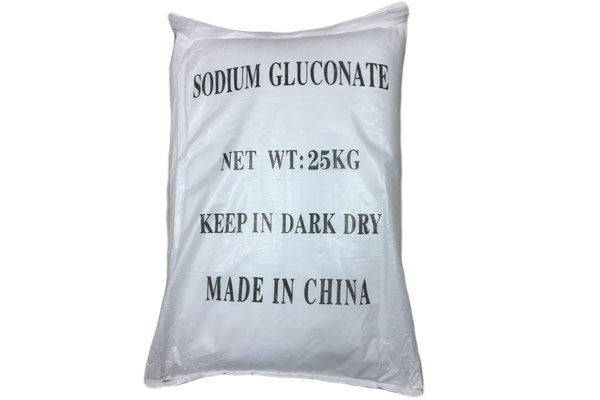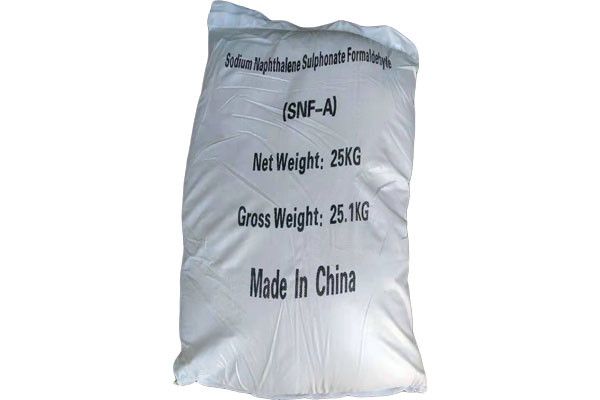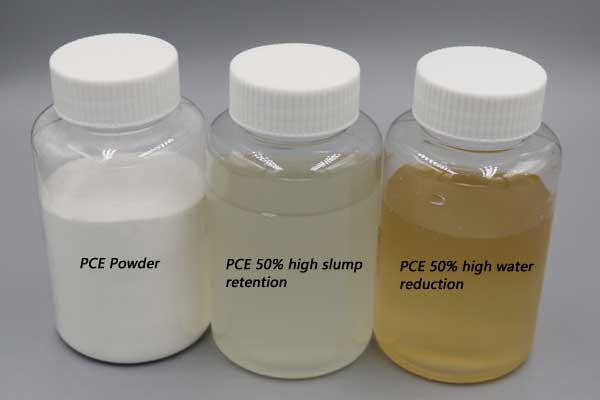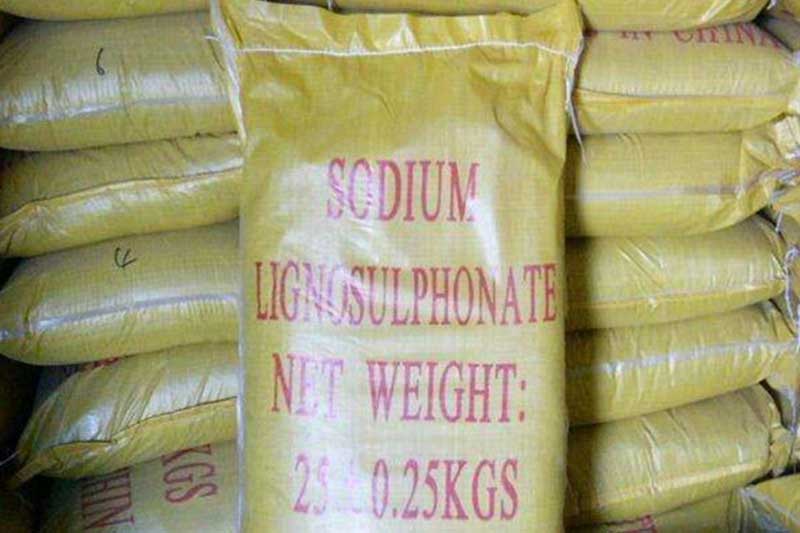
Home » Concrete Admixtures
Classification of Concrete Admixtures Based on Main Functions
- Admixtures to improve workability: water reducer, pumping agent, air-entraining agent.
- Admixtures for adjusting setting and hardening time: retarder, early strength agent, accelerator.
- Additives to improve durability: rust inhibitors, water repellents.
- Admixtures to improve other properties: colorants, expansion agents, antifreeze.
Concrete Admixtures for Sale in Our Company
| Name | Abbreviation | MF | CAS NO. |
| Sodium Gluconate | SG | C6H11NaO7 | 527-07-1 |
| Sodium Naphthalene Sulfonate | SNF | C10H7NaO3S | 36290-04-7 |
| Polycarboxylate Superplasticizer | PCE | / | 27599-56-0 |
| Sodium Lignosulfonate | SLS | C20H24Na2O10S2 | 8061-51-6 |
Would like The Quotation?
Leave your demands in detail here(including the model, package, brand, quantity), we will reply you quickly.
Several Commonly Used Concrete Additives
- Concrete Water Reducer
- Early Strength Agent
- Concrete Retarder
- Air-entraining admixtures
- Antifreeze
- Concrete Accelerator
Water reducer refers to the addition of admixtures that can significantly reduce the amount of mixing water under the condition that the slump of concrete is basically the same. As a surface active substance, the molecule of the concrete water reducer is composed of two parts: a hydrophilic group and a hydrophobic group. When the cement is mixed with water, the cement slurry forms a flocculation structure, which wraps a part of the mixing water and reduces the fluidity.
According to the chemical composition, there are mainly lignin series, naphthalene series, water-soluble resins, molasses and composite water reducing agents.
The early strength agent it an admixture that accelerates the early strength development of concrete and has no significant effect on the later strength. The early strength agent can accelerate the hardening process of concrete under the conditions of normal temperature and low temperature load, and is mostly used in winter construction and emergency repair projects. The accelerators mainly include inorganic salts (chlorine salts, sulfates), organic amines and organic-inorganic compounds.
Concrete Retarder refers to the concrete additive that can delay the setting time of concrete and has no adverse effect on the strength development of concrete in the later stage. Retarders are mainly sugars and lignosulfonates. The retarder has the functions of retarding, reducing water, reducing the heat of hydration and strengthening, and has no corrosion effect on steel bars. It is mainly suitable for mass concrete and concrete constructed in hot climates, as well as concrete that needs to be parked for a long time or transported over long distances.
Air-entraining agent refers to the addition of a large number of uniformly distributed micro-bubbles that can be introduced during the concrete mixing process to reduce bleeding and segregation of the concrete mixture, improve workability, and significantly improve the frost resistance and durability of hardened concrete. At present, the most widely used air-entraining agents are rosin thermal polymers, rosin soaps, and alkylbenzene sulfonates. Due to the existence of a large number of tiny, closed and evenly distributed air cells, some properties of concrete are obviously improved or changed.
Antifreeze is an admixture can harden concrete at negative temperatures and achieve expected performance under specified curing conditions. Commonly used antifreezes are chlorine salts, chlorine salt rust inhibitors.
Accelerator refers to the concrete additive that can make concrete set and harden quickly. There are mainly two types of accelerators, inorganic salts and organic substances. After the quick-setting agent is mixed into the concrete, the concrete can be initially set within 5 minutes, and the strength can be produced in 1 hour, and the strength can be increased by 2 to 3 times in 1 day, but the strength will decrease in the later period, and the strength in 28 days is about 80% to 90% of that without mixing. The mechanism of quick-setting and early-strength action of the accelerator is to make the gypsum in the cement turn into Na2SO4, lose the retarding effect, and promote the rapid hydration of C3A, and precipitate its hydration product crystals in the solution, resulting in the rapid solidification of the cement slurry. Accelerators are mainly used in mine shafts, railway tunnels, drinking water culverts, underground projects, and shotcrete or shotcrete projects for shotcrete anchor support.
Would like The Quotation?
Leave your demands in detail here(including the model, package, brand, quantity), we will reply you quickly.
Know More About Concrete Admixtures
Concrete admixtures are construction chemicals substances used during concrete production to improve the properties of concrete so that it can achieve desired strength, firmness, durability and other performance requirements. Concrete admixtures achieve this goal by controlling the chemical reaction process inside the concrete, which can improve the quality of concrete while reducing the production cost of concrete and improving production efficiency.
The initial use of concrete admixture was only to save cement, but with the development of construction technology, the use of admixtures has become the main measure to improve the performance of concrete.
Due to the high-efficiency water reducer, high-fluidity concrete, self-compacting concrete, and high-strength concrete can be applied. Thanks to thickeners, the performance of underwater concrete is improved. Because of the retarder, the setting time of cement can be prolonged, so it is possible to reduce the loss of slump and prolong the construction operation time. Due to the antifreeze, the freezing point of the solution can be lowered, and it is possible to carry out construction at negative temperatures.
In conclusion, concrete admixture is one of the necessary conditions for producing high-quality concrete. Proper use of admixtures can improve the performance and quality of concrete, making concrete more suitable for various construction projects. Therefore, in concrete engineering, reasonable selection and correct use of concrete admixtures are necessary measures to ensure the quality of concrete and engineering.
- Reduce the water consumption of concrete, or increase the fluidity of concrete without increasing water consumption.
- Adjust the setting time of concrete.
- Reduce bleeding and segregation, improve workability and water washout resistance.
- Reduce slump loss and increase pumpability of pumped concrete.
- Reduce shrinkage, and expansion can be added to compensate for shrinkage.
- Delay the initial heat of hydration of concrete, reduce the temperature rise rate of mass concrete and reduce the occurrence of cracks.
- Improve the early strength of concrete and prevent freezing at negative temperatures.
- Improve strength, increase frost resistance, impermeability, wear resistance and corrosion resistance.
- Control the alkali-aggregate reaction, prevent the corrosion of steel bars, and reduce the diffusion of chloride ions.
- Preparation of concrete with other special properties.
- Reduce the viscosity coefficient of concrete, etc.
Choose the appropriate admixture. When selecting an admixture, it is necessary to select an appropriate admixture according to the properties and uses of the concrete. Different admixtures can be used for different concrete projects.
Use admixtures correctly. Admixtures need to be used correctly in accordance with the requirements of the instructions, and admixtures must not be abused or used excessively. Excessive use of admixtures will lead to a decline in the performance of concrete and affect the quality of concrete.
Reasonably master the mix ratio. When using concrete admixtures, it is necessary to reasonably control the mix ratio according to the required concrete properties and uses, so as to achieve the best mixing effect.
- Email: sales@chemategroup.com
- Tel: 0086-371-60921621
- Whatsapp: +86 18624832876
- Wechat: +86 18624832876
- ADD: NO.80 PUHUI ROAD,ZHENGZHOU CITY, HENAN PROVINCE, CHINA




